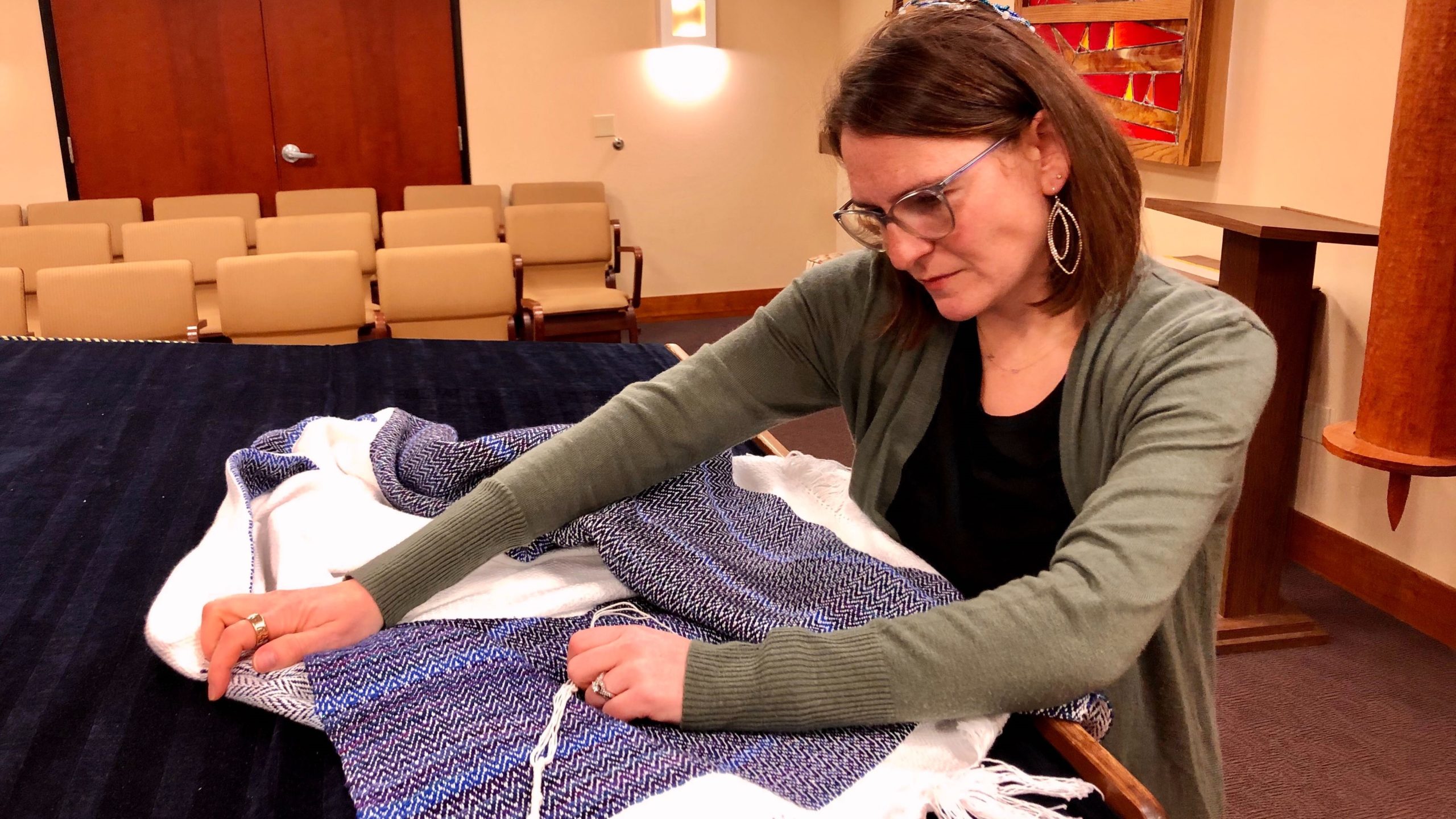At our twice-monthly Tot Shabbat celebrations, we sing about how “God is everywhere, and God is one.” We then ask the children to tell us where they might find God, and the range of answers is beautifully diverse. We find God in the sky, the trees, the sun, and the moon. And apparently we find God in places like ice cream, unicorns, and fire trucks. We find God in our mommies and daddies, and we find God in our hearts.

Every time we sing this prayer, I am awestruck by the different ways in which our children are able to “see God.” They understand and acknowledge that different circumstances call for different visions of God, and the way their week has gone is often the determining factor in how they see God working in our world. Most importantly, however, they ALWAYS see God.
In Parshat Tetzaveh, the Torah portion we read this week, God gives the commandments for what clothing the priests will wear, how they should be fashioned, and the materials that should be used in their fashioning. The priests wear special clothing that distinguishes them from others in the service of God. These clothes are meant to add an aura of holiness to the priests as they complete their work. Since these vestments and garments are to be used for such a unique purpose, God gives a special instruction regarding who is to make them and what they are to look like.
There are precise garments and colors that the Priest is mandated to wear. They are made up of linen and wool and defined by certain colors as well. According to Rabbi Samson Raphael Hirsch, a modern commentator on the Torah, the linen represents the vegetable/plant world and is white, the color of purity. The wool, a symbol of the animal world, is red, purple, and crimson. Other garments are blue, like the sky. Each color and material represents a different part of our world, a different level of connection with our natural surroundings, and thus a different type of connection with God.
Just like these various articles of clothing, there are many levels by which we may connect to God and each other. It might be on an earthy, deep, dark crimson level, or flying high like the bright blue of the sky. We might feel plant-based and pure, but relatively still, or we could be purple and red and animalistic in our tendencies.
The High Priest wears each color and material as a representation of how diverse our community is, and the priest serves them all at any time and any stage. What a wonderful example for leaders today. Though they may not represent it by their clothing the way the priests did, modern leaders must be equipped to work with a variety of people and maintain a variety of relationships. This is the type of community in which God is most surely present.
– Rabbi Eve Posen



